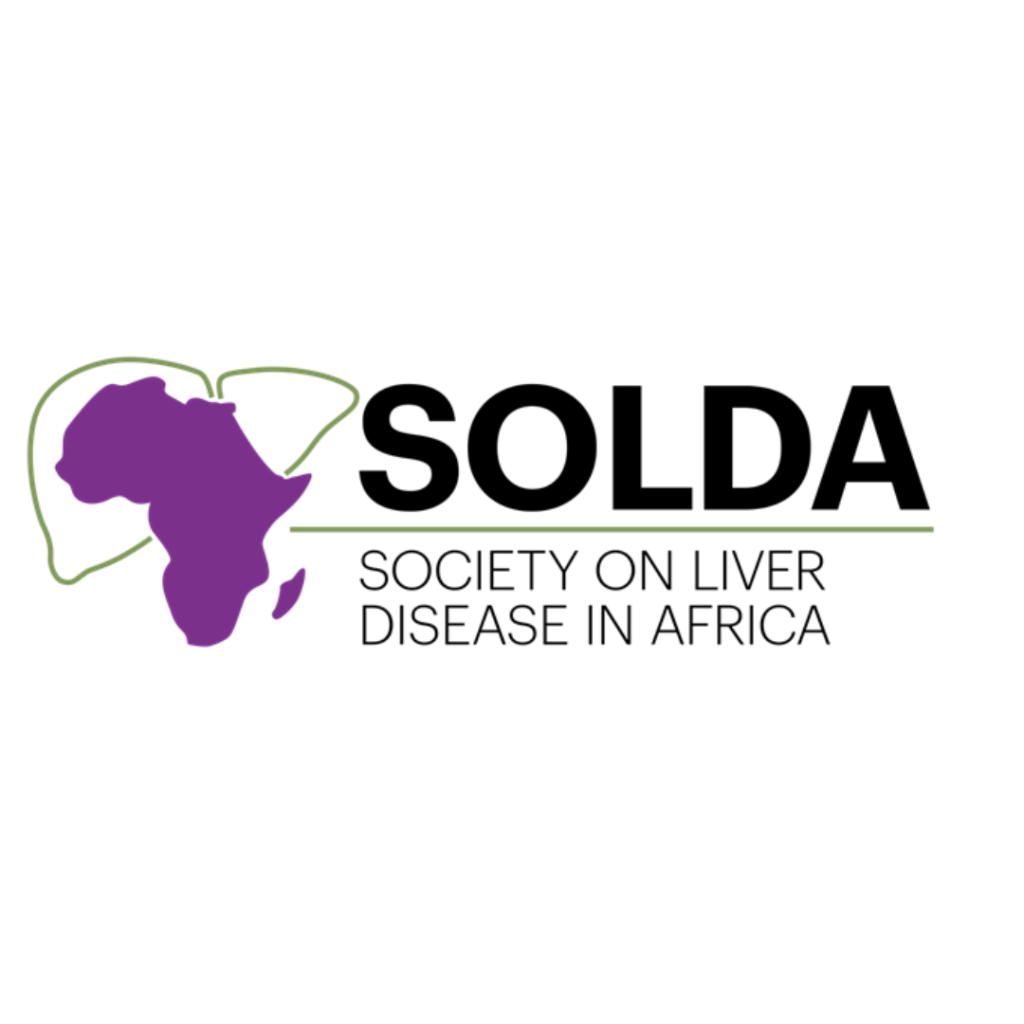The health of your liver reflects the health of your environment: Food Insecurity in sub-Saharan Africa

This blog post is brought to you by SOLDA in recognition of World Liver Day.

Sub-Saharan Africa is facing a convergence of an ongoing high burden of Communicable diseases and increasing prevalence of non-communicable diseases (NCDs). The burden of non-communicable diseases in all four regions of sub-Saharan Africa is higher than the global average and Africans with NCDs are younger by 10 years or more compared with people in other world regions. It is anticipated that sub-Saharan Africa will experience the largest global increase in NCD related mortality.
Food insecurity, defined as the lack of consistent access to enough safe and nutritious food to maintain a healthy life, is increasingly recognised as a critical factor influencing the cardiometabolic health. It encompasses issues related to the quantity and quality of food, accessibility to nutritious options, and availability of safe drinking water and storage of food. Food insecurity impacts on the prevalence and outcomes of both communicable and non-communicable diseases.
Global food insecurity is rapidly increasing. In Africa, nearly 282 million people (about 20 percent of the population) were undernourished in 2022, an increase of 57 million people since the COVID-19 pandemic began. About 868 million people were moderately or severely food-insecure and more than one-third (342 million people) were severely food-insecure. Regionally, more than two-thirds of the population in Central Africa, Eastern Africa and Western Africa faced moderate or severe food insecurity.
Important drivers of the increasing levels of food insecurity in Africa include increasing urbanisation and the cost-of-living crisis and associated poor quality of diet, the after-effects of the COVID-19 pandemic, conflict and forced migration and climate change.
Many sub-Saharan African countries are undergoing rapid but variable epidemiological transitions driven by fast urbanisation with 42·91% of the population living in urban areas in 2023 compared with 27·4% in 1990. Diet quality is a critical link between food security and nutrition. Poor diet quality can lead to different forms of undernutrition, including micronutrient deficiencies, but also to overweight and obesity. The steady increase in the cost of a healthy diet in Africa and in all the subregions except Northern Africa is further compromising food security and nutrition. About 78% of Africa’s population are unable to afford a healthy diet.
With increasing urbanisation, traditional diets, which are high in fibre and low in fat, are being substituted by increased consumption of more affordable calorie-dense, high-fat, high-sugar, ultra-processed foods as well as increased intake of sugar-sweetened beverages. These ultra-processed foods are promoted by aggressive marketing techniques. The negative effects of these diets are further exacerbated by smoking, increasing alcohol consumption and physical inactivity.
Studies have shown a relationship between food insecurity and metabolic risk factors in sub-Saharan Africa, with the most prevalent risk factors being dyslipidaemia (27.6% [6.5–54.9]), hypertension (24.7% [15.6–35.1]), and being overweight (15.8% [10.6–21.7]).
The reported prevalence of MASLD in Africa is only 13.5%, but this is likely an underestimation considering the rising prevalence of the driving factors of Type 2 Diabetes and obesity.
In 2019, there was an estimated 19 million adults with diabetes in Africa, anticipated to rise to 47 million by 2045. The age-standardised body-mass index in sub-Saharan Africa is increasing with regional differences in the prevalence of obesity. The prevalence of adult obesity is 25.2% in Southern Africa, 8.9% in Western Africa, 7.9% in Central Africa and 6.4% in Eastern Africa. Particularly concerning is the transition towards overweight and obesity among school-aged children and youth in sub-Saharan Africa. In children, the weighted average of overweight and obesity is 10.6%.
The prevalence of both obesity and type 2 diabetes is higher among adults with lower socioeconomic status. An established link between family socioeconomic inequalities and childhood obesity exists, with obesity in children and adolescents associated with increased liver-related mortality later in life.
Addressing food insecurity, MASLD and the associated cardiometabolic risk factors requires a public health approach which needs to address the limited availability of accessible and affordable quality food, aggressive commercial marketing of ultra-processed foods, and improve education around the importance of diet and physical activity and the detrimental effects of alcohol.
Education needs to start in the home and continue at school, improving food literacy of both parents and educators and reinforcing the concept that “food is medicine”.
